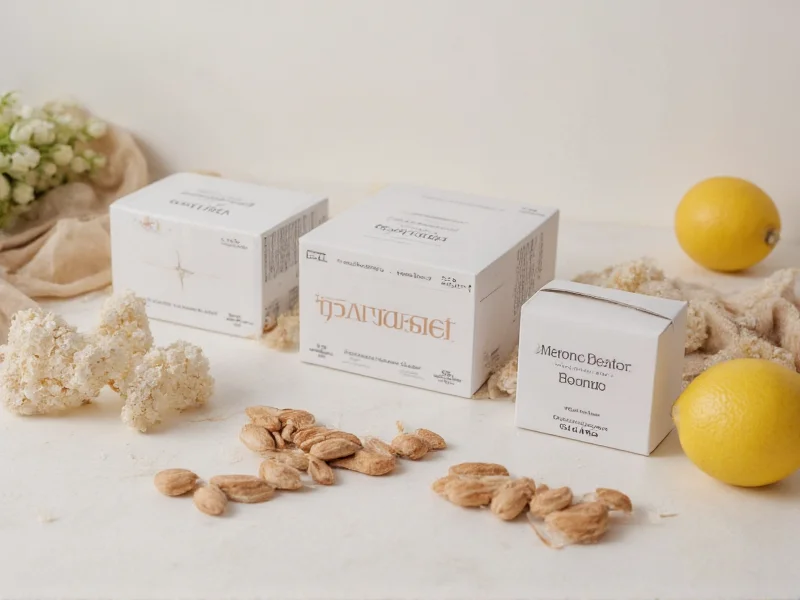Understanding Chamoi: Vietnam's Beloved Sweet Delicacy
Chamoi represents one of Vietnam's most cherished traditional desserts, embodying the country's rich culinary heritage. This multi-layered sweet combines the perfect balance of textures and flavors that have delighted Vietnamese palates for centuries. The dessert's distinctive appearance with its vibrant colors and intricate layers makes it not only a treat for the taste buds but also a visual delight.
Historical Origins of Chamoi
The origins of chamoi trace back to northern Vietnam, where it evolved as part of the region's sophisticated dessert tradition. Historical records suggest that similar layered rice desserts appeared in Vietnamese cuisine during the Nguyen Dynasty (1802-1945), when culinary arts flourished among royal courts. Over time, chamoi transitioned from royal tables to everyday celebrations, becoming a staple at Tet (Lunar New Year), weddings, and religious ceremonies.
Traditional Ingredients and Preparation
Authentic chamoi requires careful preparation and specific ingredients that contribute to its unique texture and flavor profile. The dessert typically consists of three main components: glutinous rice layer, mung bean filling, and coconut topping. Each element must be prepared with precision to achieve the perfect balance between chewiness, creaminess, and sweetness.
| Ingredient | Traditional Amount | Function in Chamoi |
|---|---|---|
| Glutinous rice | 200g | Provides chewy base layer |
| Mung beans | 150g | Creamy sweet filling |
| Fresh coconut | 100g shredded | Aromatic topping |
| Rock sugar | 80g | Natural sweetener |
| Food coloring (natural) | As needed | Creates colorful layers |
Regional Variations Across Vietnam
While the basic concept of chamoi remains consistent, regional variations showcase Vietnam's diverse culinary landscape. In northern Vietnam, chamoi tends to be less sweet with more emphasis on the natural flavors of the ingredients. Central Vietnamese versions often incorporate pandan leaf for distinctive green coloring and aroma. Southern adaptations might include additional ingredients like tapioca pearls or increased sweetness to match local preferences.
Modern Interpretations of Traditional Chamoi
Contemporary chefs have begun experimenting with chamoi while respecting its traditional roots. Modern interpretations include:
- Miniature individual servings for special events
- Health-conscious versions using less sugar and alternative sweeteners
- Fusion variations incorporating Western dessert elements
- Vegan adaptations maintaining traditional flavors
These innovations help preserve chamoi's cultural significance while making it accessible to new generations and international audiences interested in authentic vietnamese dessert chamoi.
How Chamoi Differs From Similar Vietnamese Desserts
Many people confuse chamoi with other Vietnamese rice-based desserts like banh gio or banh da lon. The key distinction lies in chamoi's layered structure and specific ingredient combination. Unlike banh gio (which uses only rice and is typically savory), chamoi always features the distinctive mung bean layer and sweet profile. Compared to banh da lon (a jelly-like dessert), chamoi has a much more substantial, chewy texture from the glutinous rice.
Cultural Significance of Chamoi
In Vietnamese culture, chamoi represents more than just a sweet treat—it embodies hospitality, celebration, and tradition. Families often prepare chamoi together during holidays, passing down techniques through generations. The dessert's vibrant colors symbolize joy and prosperity, making it particularly popular during Tet celebrations. Understanding what traditional vietnamese chamoi represents provides valuable insight into Vietnam's rich culinary heritage and social customs.
Where to Experience Authentic Chamoi
For those seeking genuine chamoi, certain locations offer the most authentic experiences:
- Traditional markets in Hanoi's Old Quarter
- Family-run dessert shops in Hue
- Specialty Vietnamese bakeries in Ho Chi Minh City
- Cultural festivals featuring Vietnamese cuisine
When searching for the best vietnamese chamoi near me, look for establishments that prepare the dessert fresh daily using traditional methods rather than pre-made mixes.
Learning to Make Chamoi at Home
Creating authentic chamoi requires patience and attention to detail, but the process connects you directly to Vietnamese culinary tradition. The preparation involves several critical steps: soaking the glutinous rice properly, cooking mung beans to the perfect consistency, and carefully layering the components. Many cooking enthusiasts find that understanding how to make traditional chamoi deepens their appreciation for Vietnamese culture and cuisine.











 浙公网安备
33010002000092号
浙公网安备
33010002000092号 浙B2-20120091-4
浙B2-20120091-4